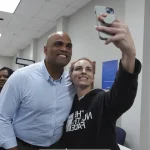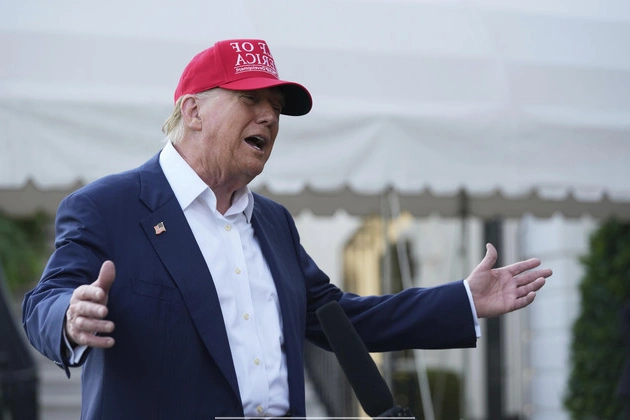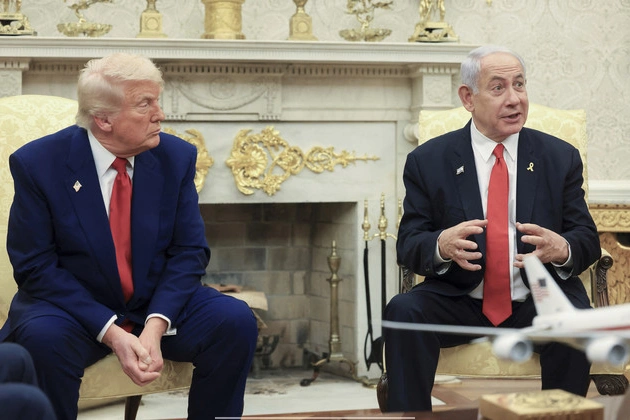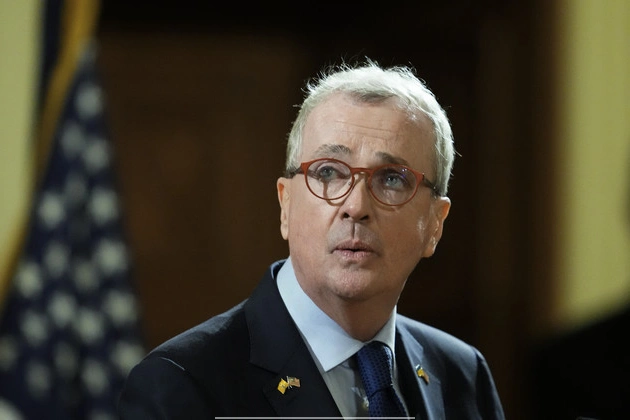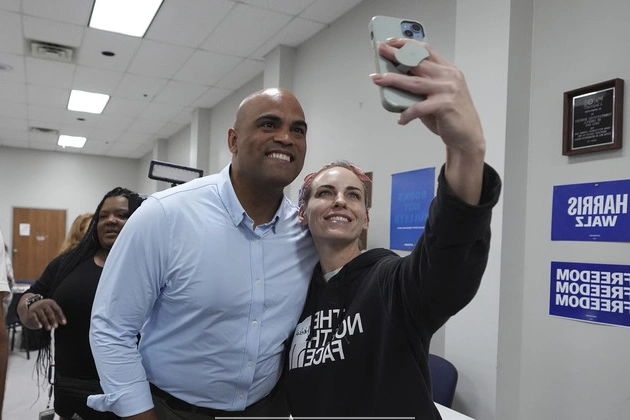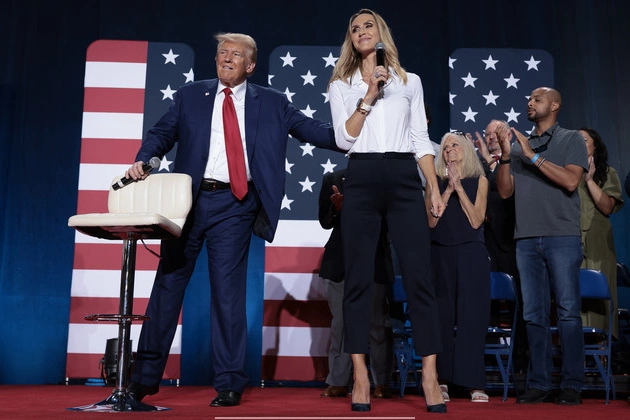
President Donald Trump is spearheading a significant education overhaul with the support of GOP governors and various stakeholders. The administration’s plan to dismantle parts of the Department of Education is a bold move that aims to empower state and local governments.
Supporting the Reform
At the core of this initiative is a push for greater parental and local control of schools, a sentiment that resonates with many conservatives. The White House’s strategic display of unity with Republican governors and key organizations underscores their commitment to the changes.
Addressing Concerns
Despite the administration’s assurances of maintaining state and local funding levels, concerns linger about the potential impact on school budgets, financial aid, and special education programs. Public opinion remains divided on the necessity of such a significant transformation.
Republican messaging expert Frank Luntz emphasizes the importance of continued investment at the state and local levels to ensure the success of these reforms.
Unity and Challenges
Notable Republican governors like Ron DeSantis and Greg Abbott are among those expected to participate in the reform announcement. The administration’s efforts have managed to unite various factions within the GOP, signaling a broad coalition in support of the changes.
However, challenges lie ahead as the administration navigates the complexities of restructuring a key government agency. The White House’s decision to shrink rather than abolish the Education Department reflects a cautious approach to a long-standing issue.
Future Implications
The dismantling of the Education Department sets a precedent for possible reforms in other government agencies. While the focus is currently on streamlining operations and reducing bureaucracy, the long-term effects of these changes remain to be seen.
Education experts like Frederick Hess caution that public perception and outcomes will ultimately determine the success of such ambitious reforms. The administration’s efforts to streamline operations and realign priorities have already begun, setting the stage for a new chapter in education policy.
Looking Ahead
As the administration forges ahead with its plans, the debate over the future of the Education Department intensifies. Stakeholders, including teachers’ unions and advocacy groups, closely monitor developments to ensure that critical services and programs are preserved.
The White House’s proactive approach to reform signals a commitment to change, but challenges loom on the horizon. Balancing public expectations, legislative constraints, and operational realities will be key to the success of this ambitious undertaking.




